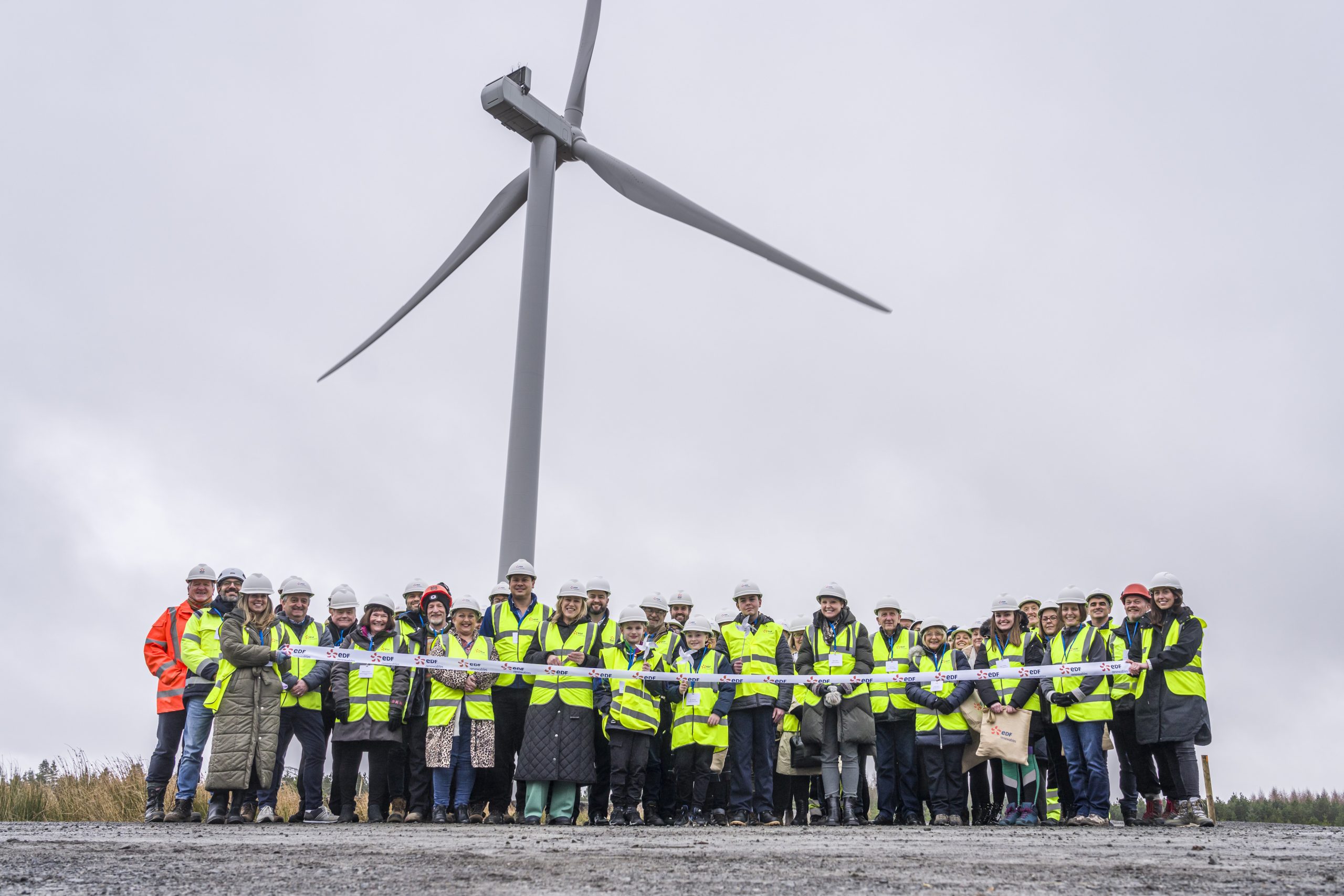Britain’s wind power developers are celebrating reaching 15 gigawatts (GW) of onshore wind capacity now fully operational, enough to power 9.9 million homes all year round.
Land-borne turbines now generating across the four home nations still hold a slender capacity lead over their marine sisters, according to official figures. Offshore turbines spinning above UK waters as of late 2023 had a combined capacity of 14.74GW, across 44 projects.
Onshore, the biggest share of UK operations stand on Scotland’s soil, according to analysts at wind power promoters RenewableUK. Its moors and mountains now have 9.4GW in operation, or 63% of all UK onshore operations.
Only 2.93GW is fully operational in England, or less than 20% of UK capacity. Frustrating developers and green campaigners, ministers have largely left in place David Cameron’s 2015 turbine veto throughout England’s Conservative-voting shires. Only one new turbine has gone live in England since the start of 2023, with another under construction. Notoriously, embattled Ukraine last year brought more onshore turbines into use than England’s counties.
Northern Ireland has 1.35GW, or 9% of UK onshore capacity, and Wales 1.26GW, or 8%.
Independent scientists on the Climate Change Committee have advised ministers that the UK needs to install 35GW of onshore wind by 2035 as a key step to reaching Net Zero.
The seven turbines of EDF Renewables UK’s new 30.1MW farm at West Benhar in Lanarkshire, pictured, brought Britain across that 15GW land-based threshold.
Matthieu Hue, the developer’s chief executive said: “Opening West Benhar is a positive step to realising the country’s ambitions. EDF Renewables has worked closely with the local supply chain and communities throughout the project, investing millions in contracts with Scottish and UK companies to construct the wind farm”.
English planning ‘stacked against onshore wind’
RenewableUK’s head of policy James Robottom welcomed the industry’s success, as well as government confirmation last week of new clean energy projects. The lobbyists’ target of 30GW of onshore wind working by 2030 would create 27,000 jobs and boost the economy by £45 billion, the body has told ministers.
“To achieve this,” Robottom went on, “we need more projects going ahead in England in areas where they have local community support.
“Despite very minimal changes to planning policy announced in September, we still face an English planning system stacked against onshore wind, and which treats it differently to every other energy source or infrastructure project.
“Under current rules we’re not going to see investment in new projects..in England, after nine years of lost progress”.
A summary of UK wind energy statistics is available here.




